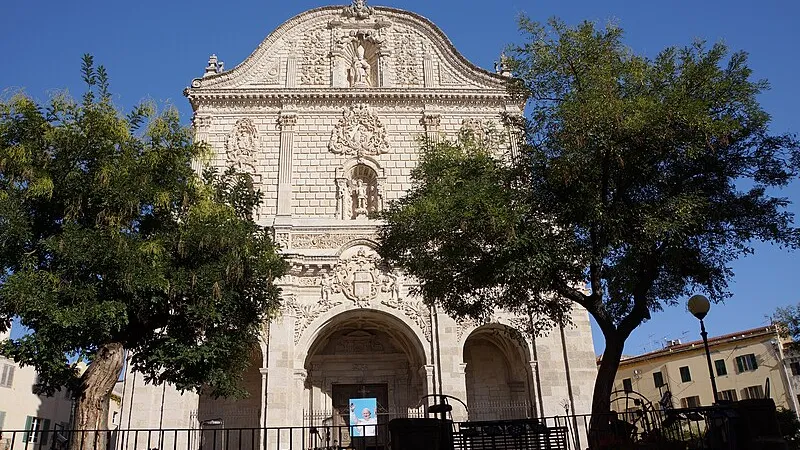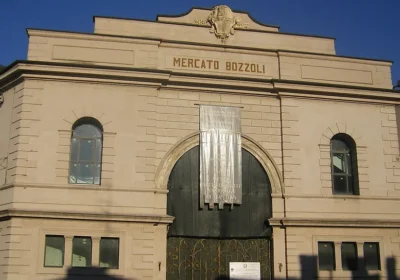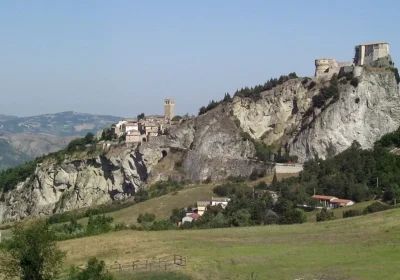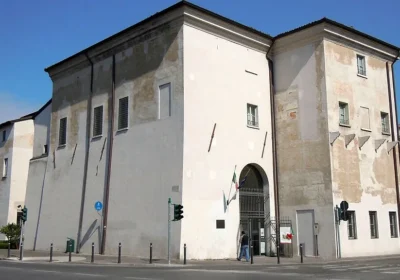Tour of Sassari.
Sassari is a medieval town founded by the amalgamation of a number of villages. It is the second largest city in Sardinia and is considered to be an extremely industrial and “working” town. Here, modern buildings are juxtaposed with charming medieval corners, and stunning restaurants with national cuisine with heavy traffic and rush-hour congestion.
This town is primarily known for the large seaport next door, Porto Torres, which receives ferries from Genoa. You’ll also see some pretty Spanish-style Gothic buildings, the first university in Sardinia (1562) and the birthplace of two former Italian presidents.
The old town of Sassari is reached through one of four ancient gates. For example, through Porta Rosello, where you can see the eponymous and most famous fountain on the whole island, built in the 17th century. The southern gate is the Porta Castello. It was also previously the site of an Aragonese castle, but it was destroyed in 1800 and all that remains are the churches of Santa Maria di Betlem and San Pietro di Silchi. The number one attraction in Sassari is the 19th-century Palazzo del Provincia.
And, of course, the city’s main cathedral, the Baroque Duomo di San Nicola, which is located in the heart of the city. It is notable not only for its facade, but also for its unique frescoes and the drawing of Saints Cosmas and Damian inside. There is also a small treasury open to tourists.
Sassari also has a couple of interesting museums. In particular, the Museo Nazionale Sanna, which is housed in a small Palladian villa and is named after Giovanni Sanna, whose family built the museum building. Here you can see 18th century portraits and paintings, as well as a unique triptych from Pisa from the 14th century Madonna con Bambino by the hand of Bartolomeo Vivarini. Also notable is the Museum of the Sassari Brigade, which preserves unique artefacts of the famous brigade that fought during the First World War.
About 11 km from Sassari is the Sardinian Ziggurat, the ruins of a temple from the Copper Age (3-2 millennia.
Every year on 14 August at 6pm, nine professional art communities carefully carry nine huge wooden candles down the main street of Corso to the church of St Mary of Bethlem. Thousands of tourists and pilgrims from all over the world flock to watch this procession.

















